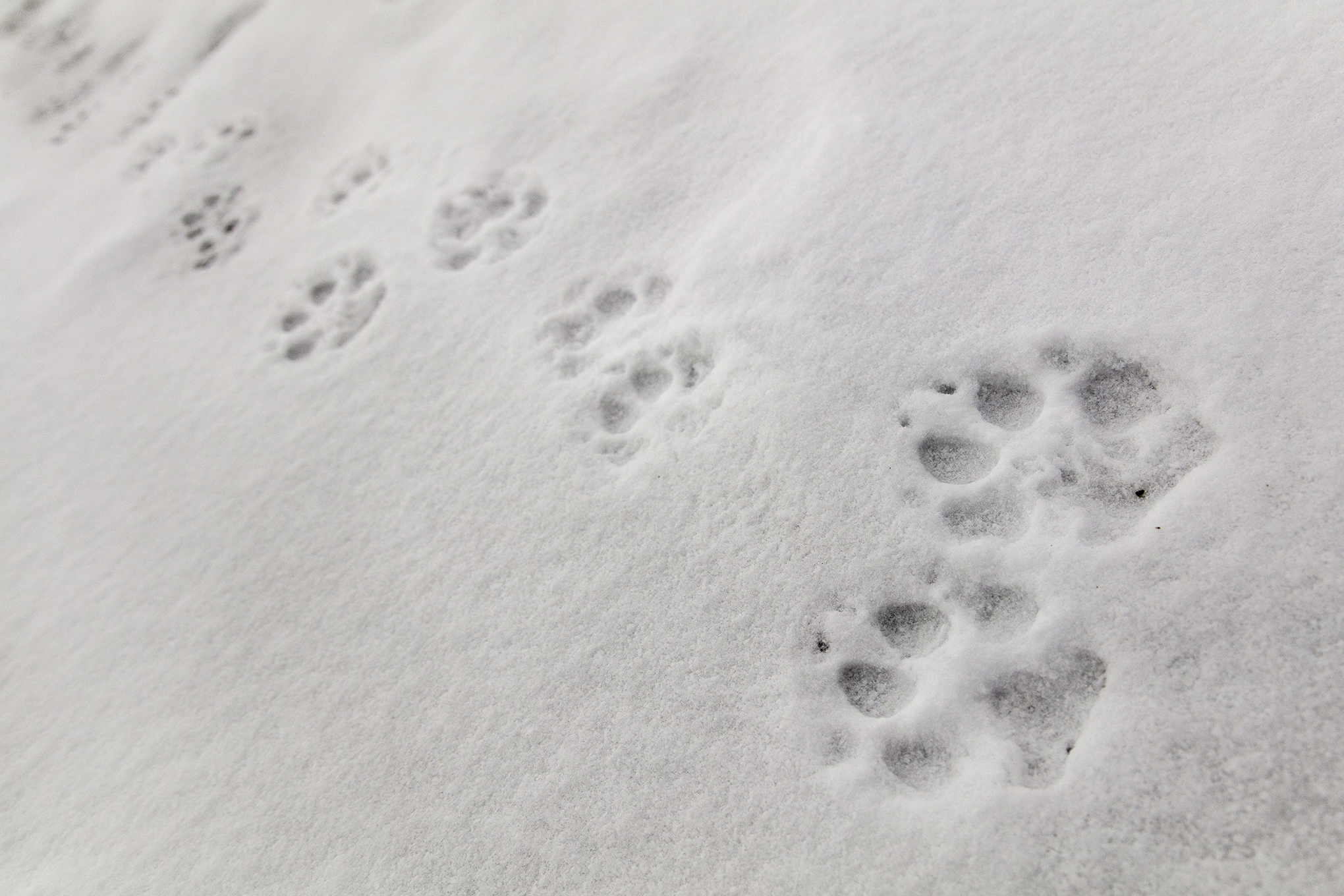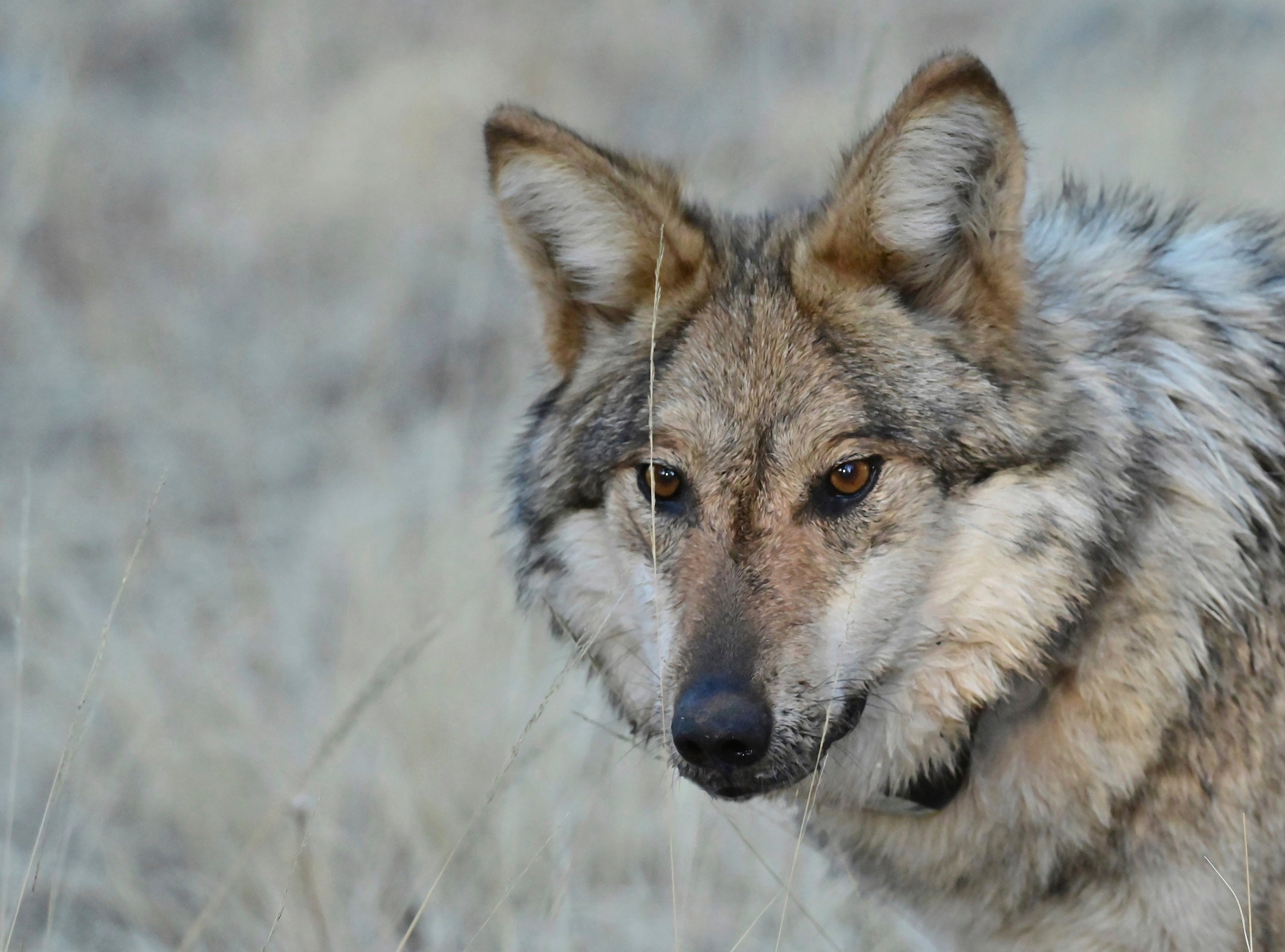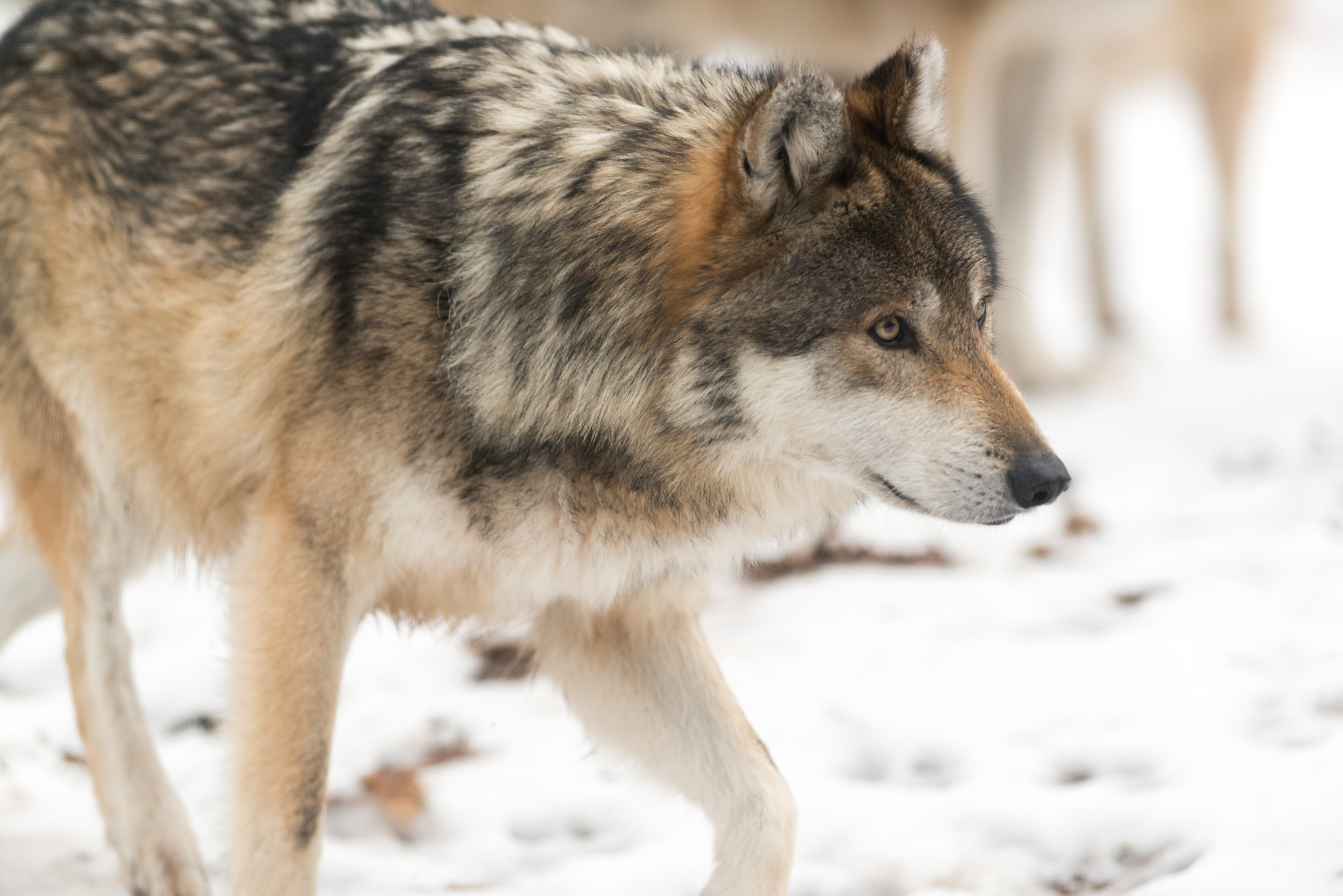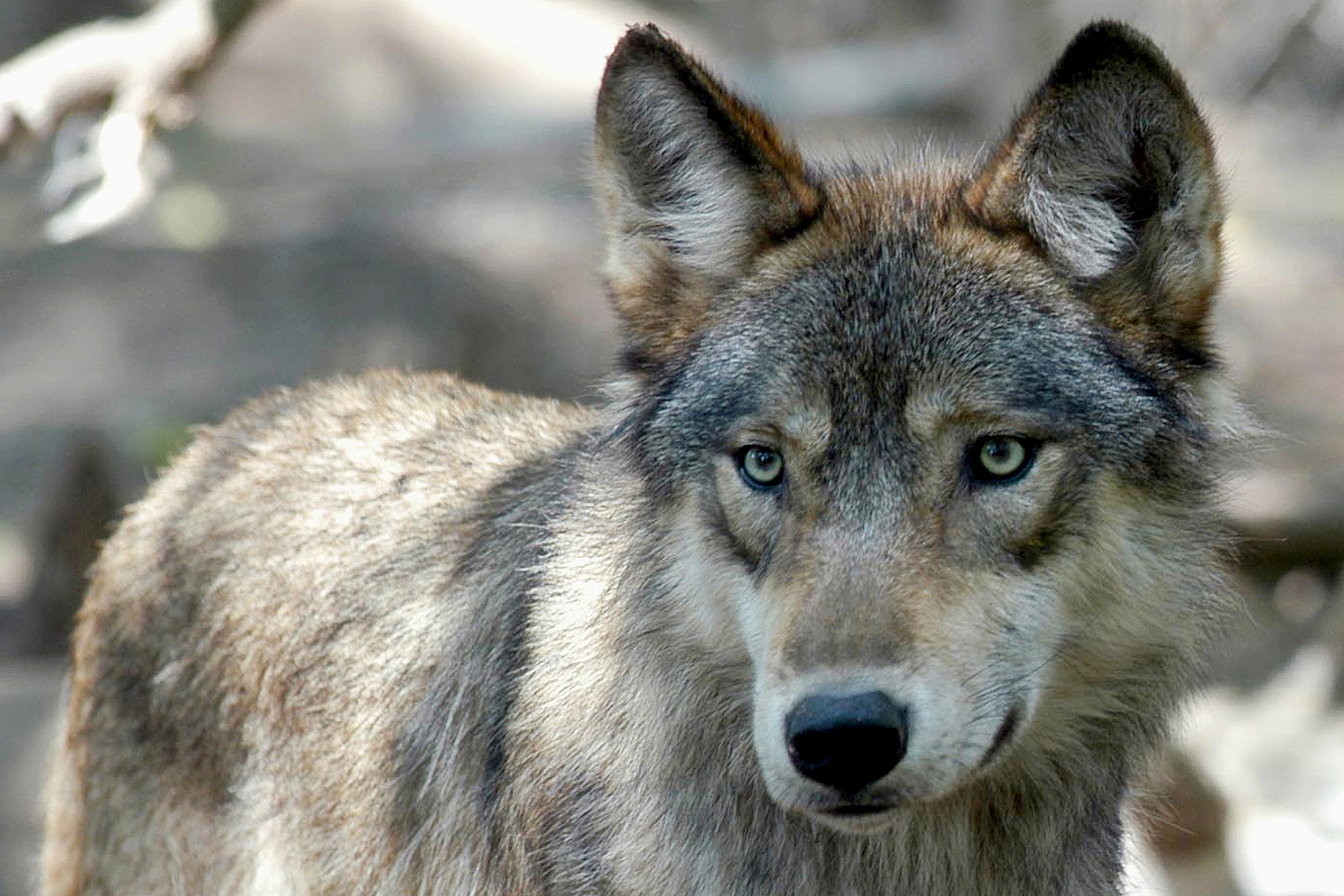Wisconsin’s Conservation Congress will hold its annual spring hearings online this week to collect input from residents on dozens of natural resource issues, including whether the state should ban hunting wolves with dogs and end wildlife killing contests.
The citizen advisory group for the Wisconsin Department of Natural Resources and Natural Resources Board is holding the hearings online for the third year in a row. The hearings begin at 7 p.m. Monday and run through Thursday.
Wisconsin Conservation Congress Chair Tony Blattler said the decision to hold the meetings virtually was made in January as COVID-19 cases surged due to the omicron variant.
News with a little more humanity
WPR’s “Wisconsin Today” newsletter keeps you connected to the state you love without feeling overwhelmed. No paywall. No agenda. No corporate filter.
A record 64,943 people weighed in on issues during the first online meetings in 2020 and more than 12,000 people took part last year. That’s more than the nearly 11,000 people who attended in-person hearings in 2019 prior to the pandemic.
People can weigh in on 63 advisory questions from the DNR, Natural Resources Board and Wisconsin Conservation Congress.
Wolves and wildlife killing contests
For the first time, Blattler said two Conservation Congress questions about whether to ban hunting wolves with dogs and bar killing contests will be posed to hearing participants despite being rejected by the group’s leadership council and advisory committee.
“Because they were brought up numerous times in numerous counties and received positive input from citizens, our code of procedure requires that they go forward,” Blattler said.
Wisconsin is the only state that allows using hounds to hunt wolves. For the last five years, Shell Lake resident Merri Ann Gonzalez said she’s submitted a citizen resolution to ban hunting wolves with dogs. Gonzalez called it a “barbaric” practice that gives hunters an unfair advantage.
She pointed to last year’s February wolf hunt when state-licensed hunters exceeded their quota by 99 wolves, killing 218 wolves in fewer than three days.
“During that particular hunt, 86 percent of the wolves killed were killed by packs of hounds on packs of wolves,” Gonzalez said.
DNR data confirms that percentage, showing that 188 of 208 wolves taken by hunters were harvested with the aid of hounds during the February 2021 wolf hunt. Ten wolves were harvested by trappers.
Since then, a federal judge has restored protections for wolves that prevent any further hunts. But, Wisconsin lawmakers in the U.S. Congress recently introduced bills seeking to delist the wolf. If the state is allowed to resume wolf hunts in the future, Gonzalez fears the use of hounds will lead to a drastic decline in the wolf population.
Blattler said opposition from the advisory committee and leadership council to those questions indicates the Congress has taken a position in support of hunting wolves with dogs.
“And many of our members support the concept and the idea of some of these contests, but many of the members of the Congress probably would tell you that they’re probably in favor of maybe looking at those programs and seeing how we can adjust them or work with them,” Blattler said.
Cynthia Samels, of Iron River, said she’s submitted a resolution multiple times to ban wildlife killing contests that typically offer prizes to hunters who kill the most coyotes, foxes or other species.
“They’re not going after an animal causing a problem for anyone. It’s just killing for the sake of killing. It’s not really hunting,” said Samels. “It’s more of a thrill kill with drastically large sums of money as prizes.”
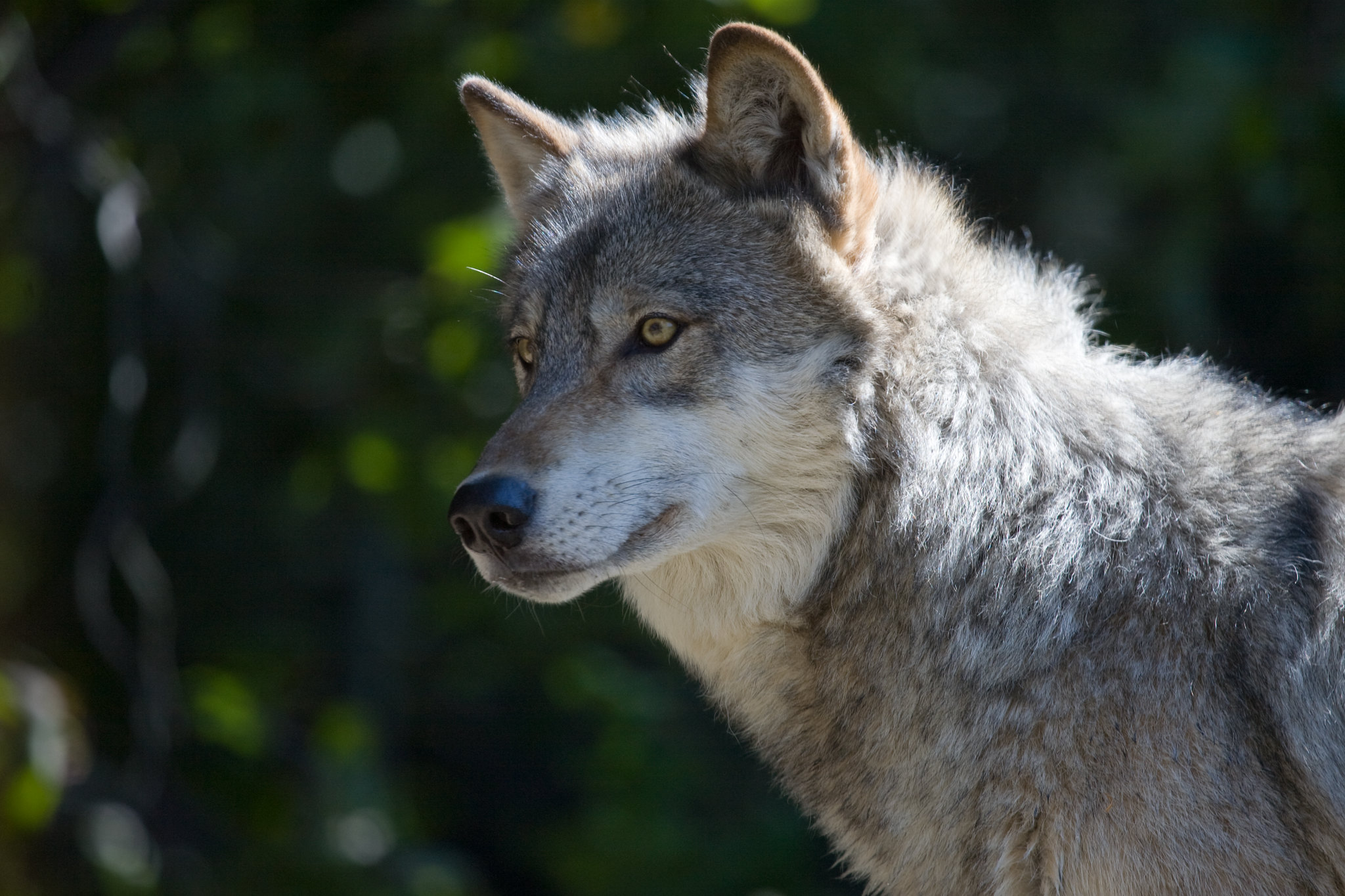
Wolf management goal of 350
The Congress is also asking whether people would support a wolf population goal of 350 wolves or fewer for Wisconsin. The figure represents the current management goal for wolves under the state’s 1999 wolf management plan, which was last updated in 2007.
That plan was the center of contentious debate last year by Natural Resources Board members, hunters, farmers, conservationists, animal rights groups and tribes as the state developed a quota for last fall’s wolf hunt, which was placed on hold by a Dane County judge.
Supporters of the plan said the state should manage its population with that number in mind, but opponents said the plan is vastly outdated and doesn’t reflect the best available science.
The DNR is currently updating its wolf management plan.

Chronic wasting disease
One of the two advisory questions posed by Natural Resources Board members asks whether people would support a two-year pilot project that would pay hunters and landowners for deer that test positive for chronic wasting disease.
The idea behind the proposal is to reduce prevalence of the deadly deer disease that was first found in southern Wisconsin two decades ago. The disease now affects 60 of the state’s 72 counties.
The project would be similar to a proposed “payments for positives” pilot program that received support from a majority of participants in the 2019 spring hearings. However, the project would hinge on support from lawmakers to authorize funding for the DNR to offer the payments.
The Wisconsin Conservation Congress is also asking people whether they support deer farms in Wisconsin as the disease has spread in part through transfers of deer among those operations. The Congress also want to gauge support for charging a fee for all antlerless tags to support a statewide dumpster program for deer carcass disposal.
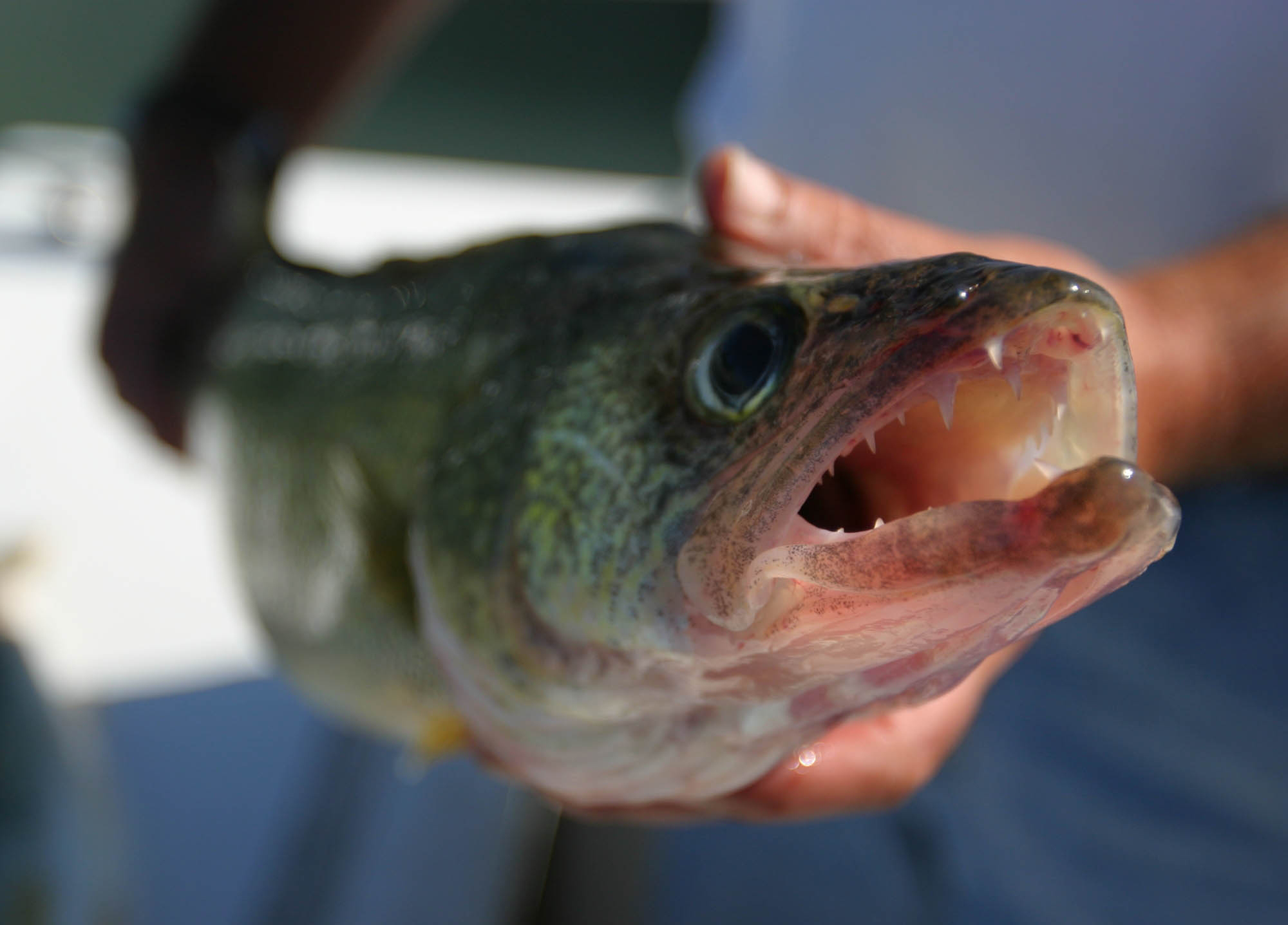
Statewide bag limit for walleye
The DNR is asking whether anglers would support a statewide daily bag limit of three walleye on inland waters. The current standard has been in place since 1949 and limits anglers to five fish daily outside of ceded territory.
Since 2015, roughly the northern third of Wisconsin has been limited to a daily limit of three walleye. Since then, the Winnebago system has adopted a three-fish bag limit along with eight counties and many individual waters.
The agency is gauging support for the statewide bag limit as concern has grown about overfishing walleye across the state. The Great Lakes and waters along Wisconsin borders with neighboring states wouldn’t be included.
Testing drinking water for PFAS
The Conservation Congress is also posing two questions about whether people would support more testing of PFAS in drinking water and support the DNR in pushing for strong protections from the chemicals.
PFAS, or perfluoroalkyl and polyfluoroalkyl substances, are a class of thousands of synthetic chemicals found in firefighting foam and everyday products like nonstick cookware and stain-resistant clothing.
Multiple studies of people living and working in areas with high PFAS levels have shown links to serious health effects that include increased risk of kidney and testicular cancers, thyroid disease and fertility issues. The chemicals have also been tied to reduced response to vaccines.
More than 50 sites across 25 communities have PFAS contamination, which has polluted public and private drinking water wells. Hundreds of residents in the towns of Peshtigo and Campbell are relying on bottled water due to high levels of the chemicals. Madison, Eau Claire, La Crosse and Wausau have reported elevated PFAS levels in city wells.
In February, the Natural Resources Board approved drinking water and surface water standards for two of the most common PFAS chemicals, but it failed to set a standard for the chemicals in groundwater. Sampling for the chemicals is voluntary, and the DNR had tested less than one percent of the state’s roughly 11,000 public water supplies as of late last year.
Correction: This story has been updated to state the Wisconsin Conservation Congress spring hearings are this week.
Wisconsin Public Radio, © Copyright 2025, Board of Regents of the University of Wisconsin System and Wisconsin Educational Communications Board.

